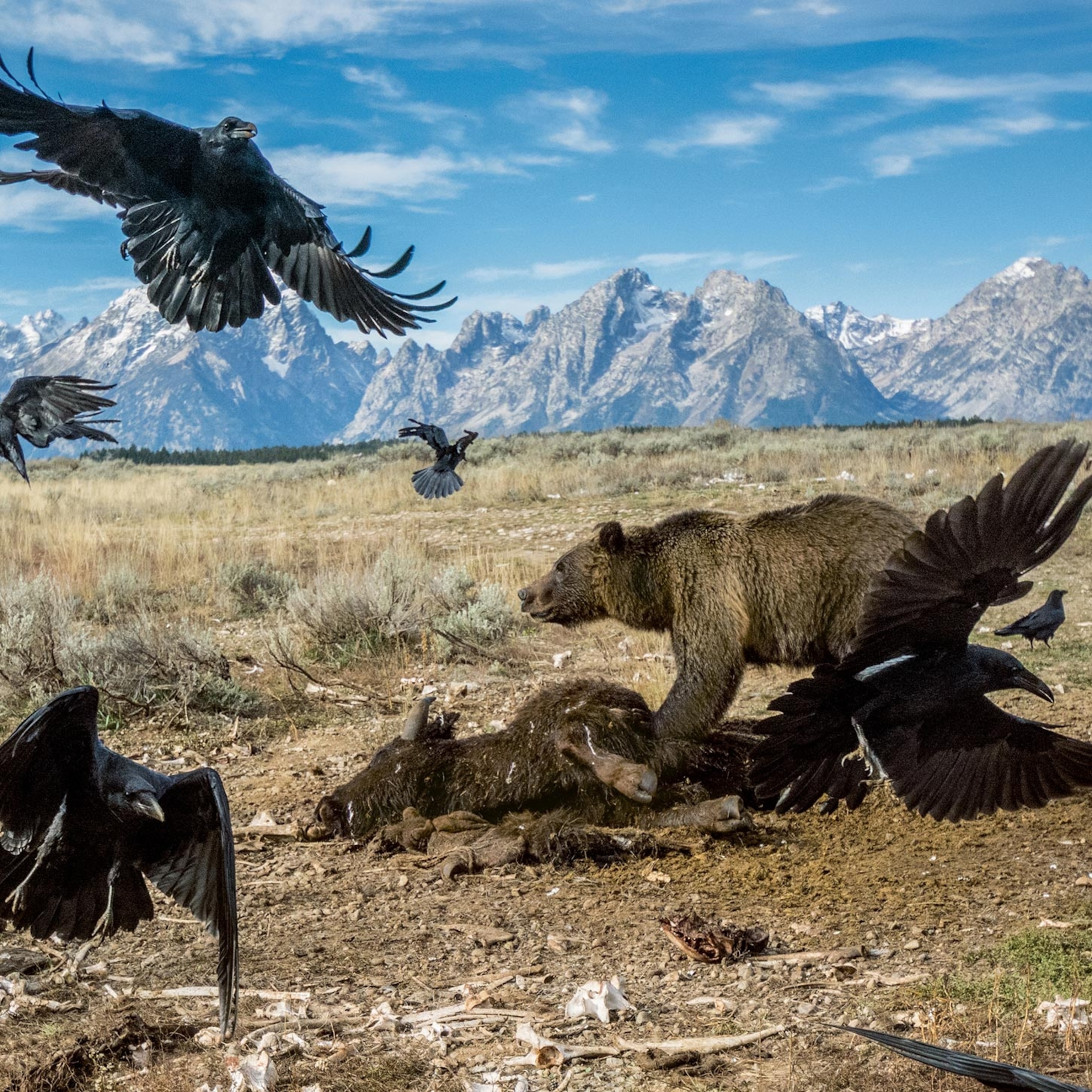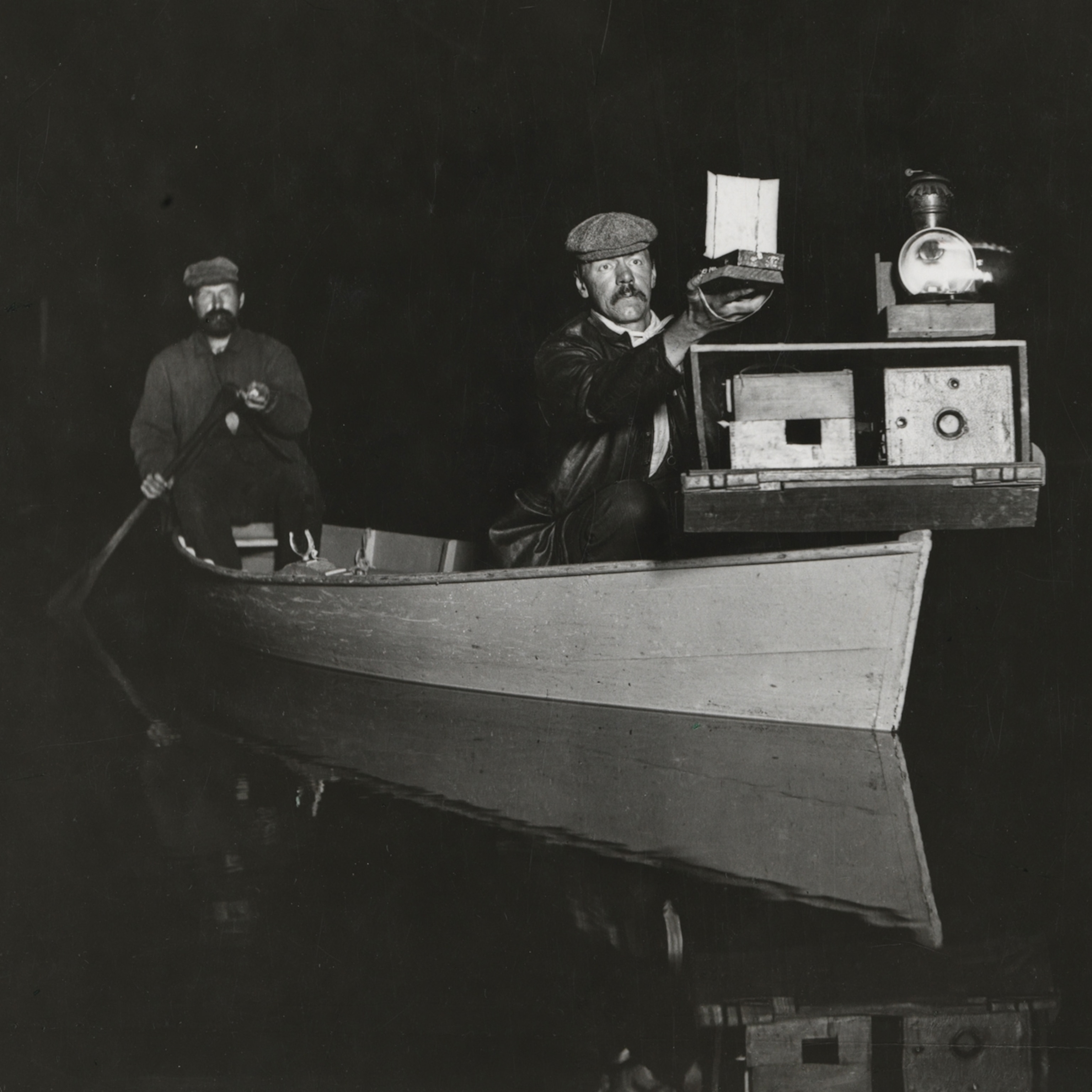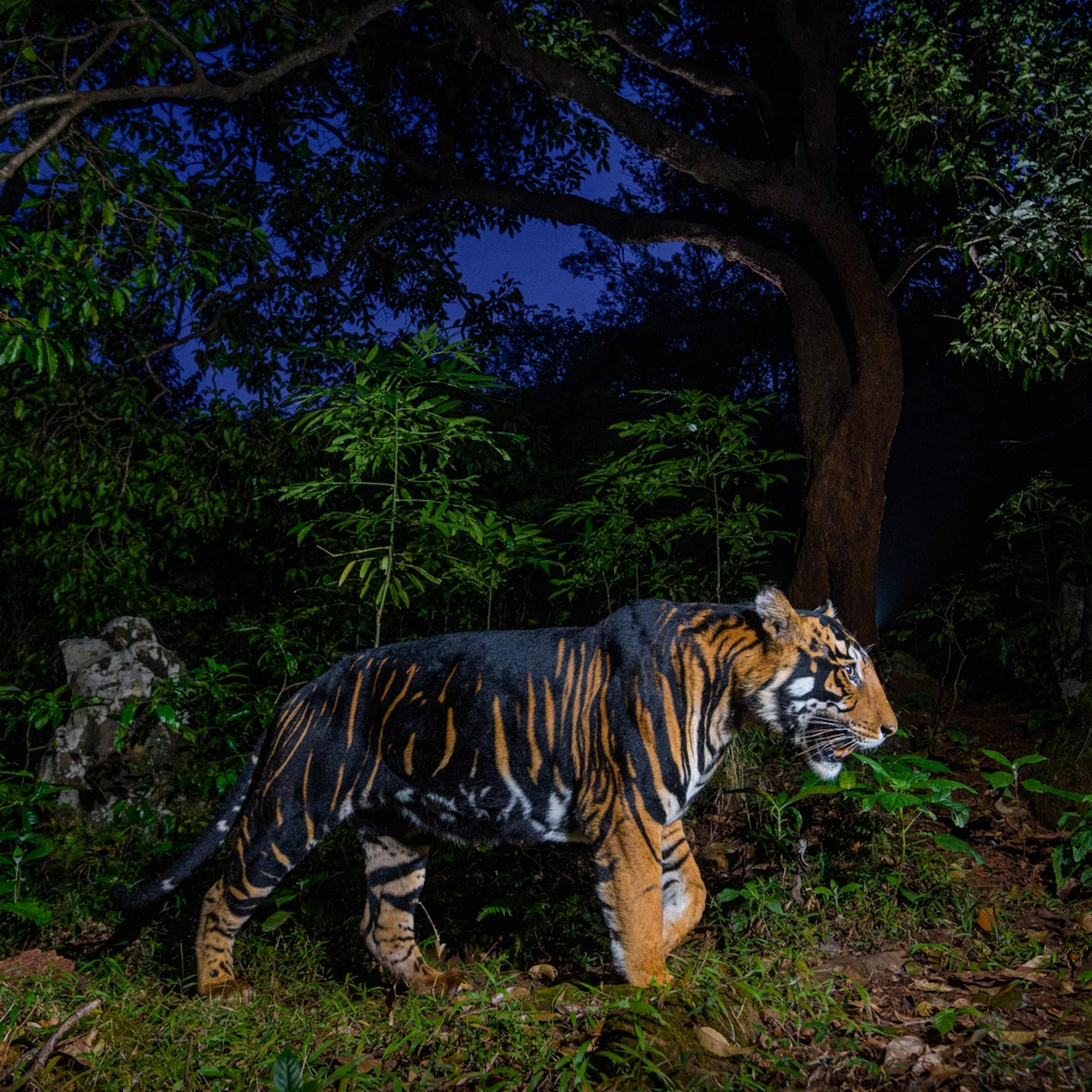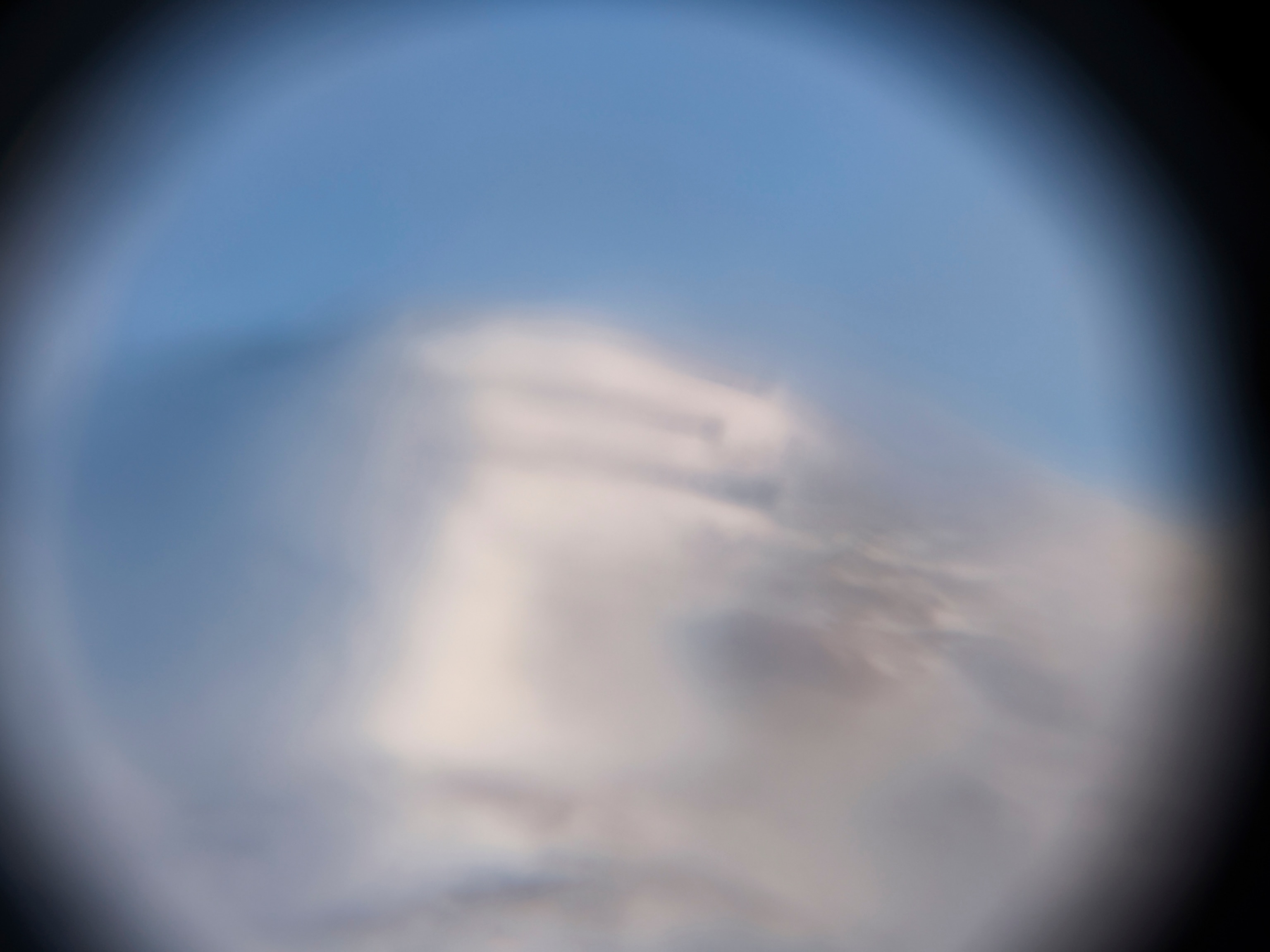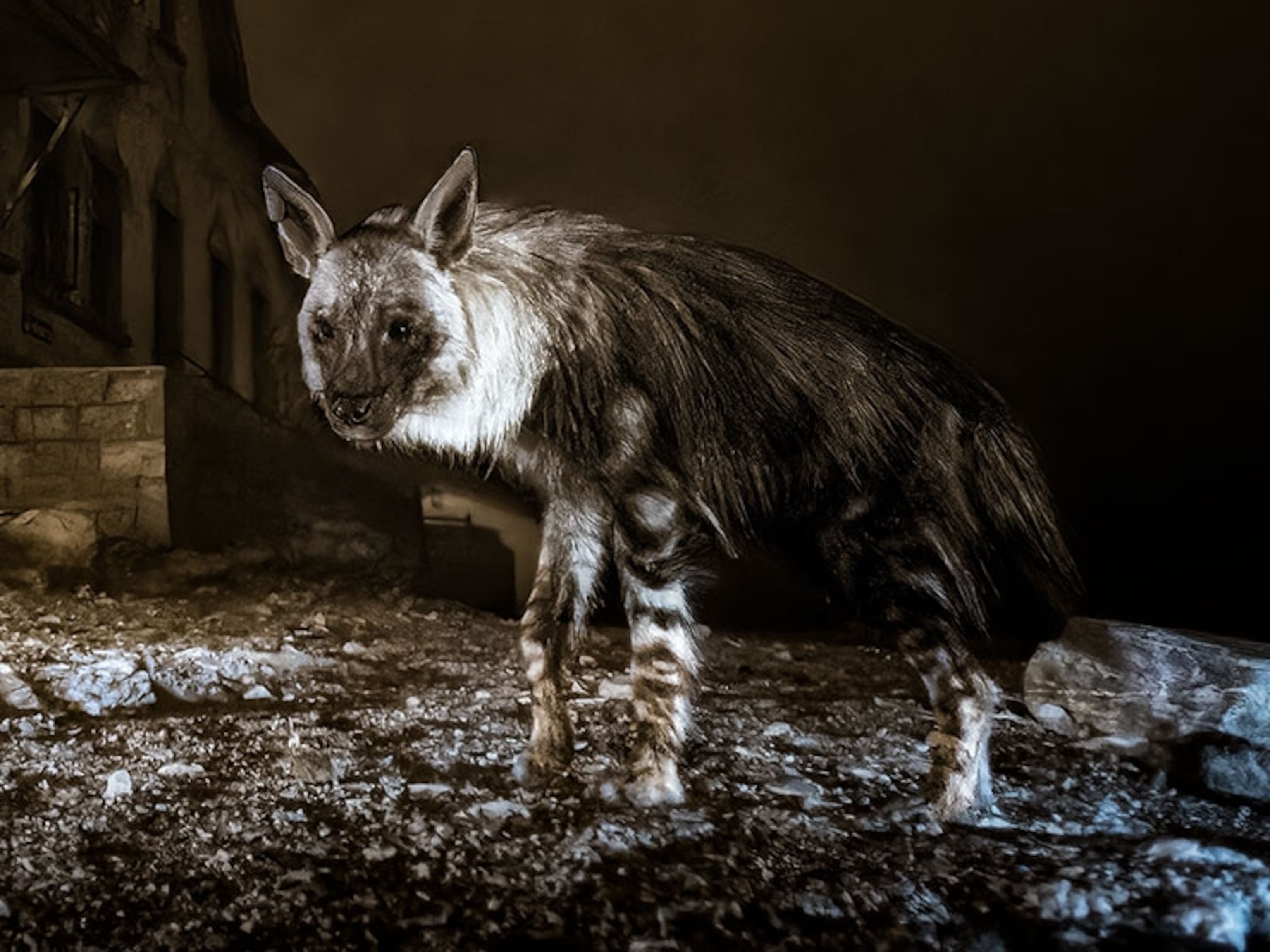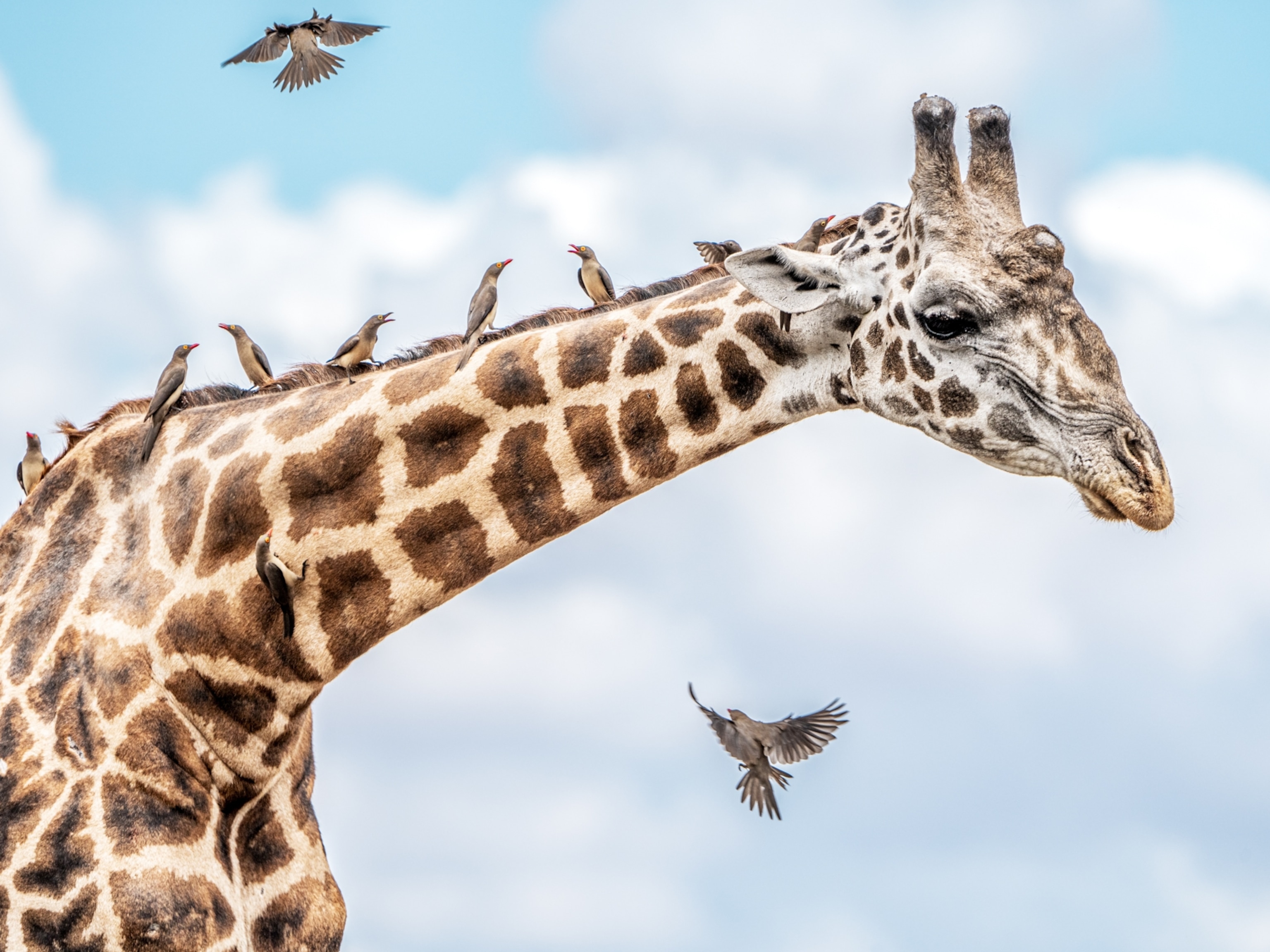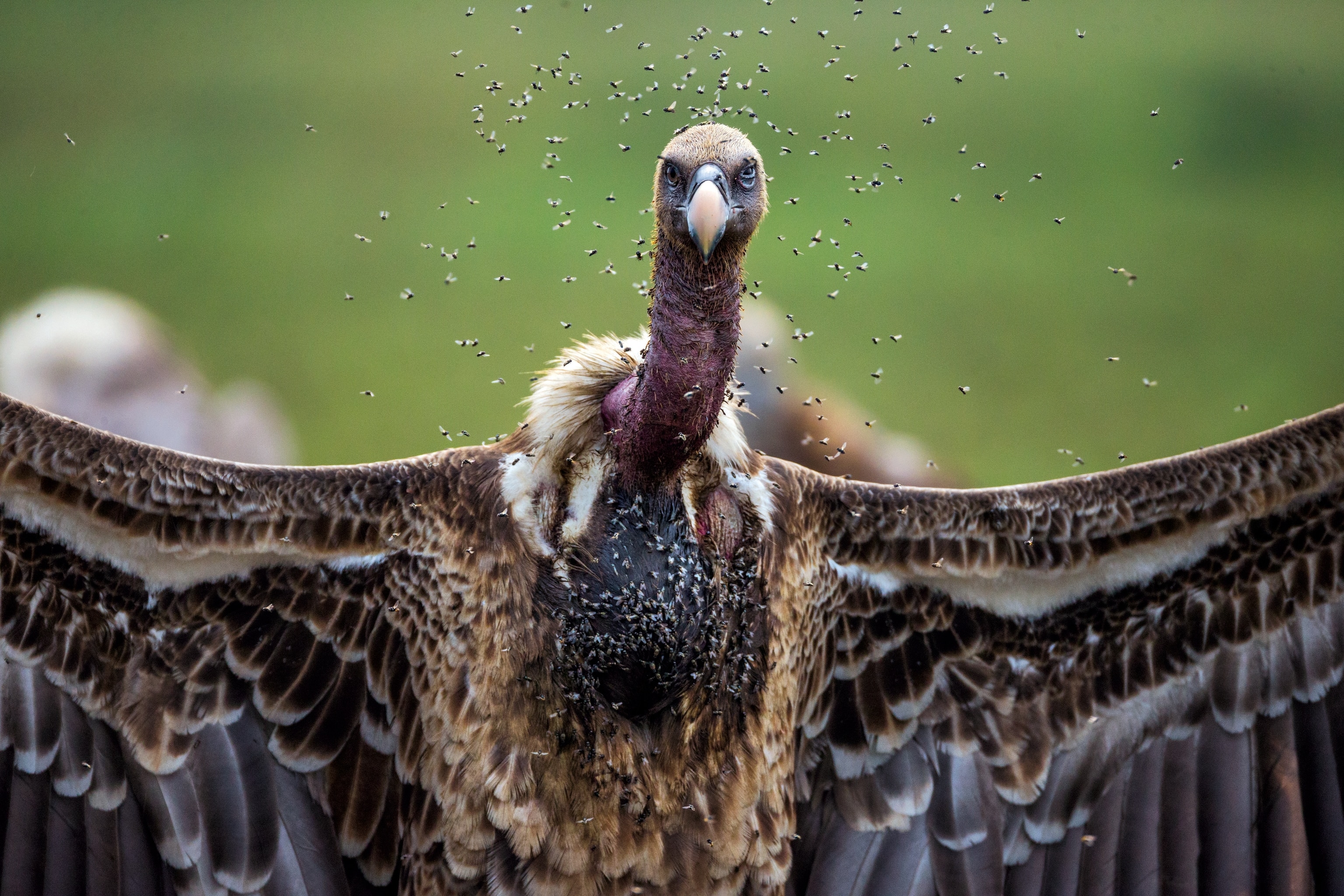
Life through the lens: Charlie Hamilton James
“I’m never happy with most of my pictures. It’s part of the process.” From Gloucestershire streams to the Peruvian rainforest, a versatile photographic innovator shares his methods—and memories—from the field.
Charlie Hamilton James was born in Kent, England. Nurturing a love of photography through a fascination with kingfishers, he began a career in wildlife filmmaking, working with the BBC Natural History Unit and later producing his first documentary, My Halcyon River, in 2001. In 2014, Hamilton James’s purchase of 100 acres of Amazon rainforest—and his subsequent interactions with illegal loggers using it—became the subject of the documentary series I Bought a Rainforest which was screened by the BBC.
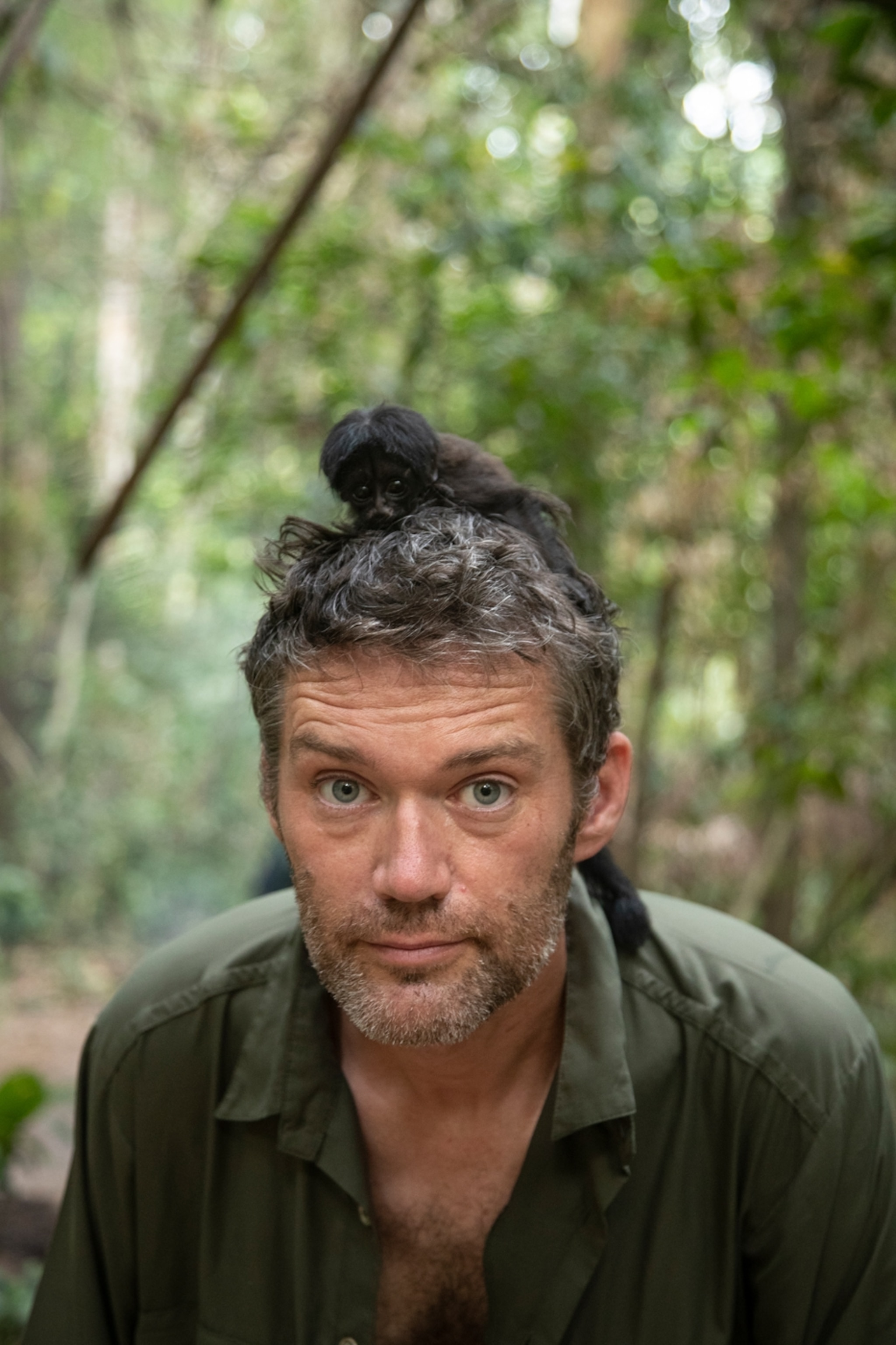
Frequently pushing the technical limits of his equipment to capture novel perspectives, Hamilton James has been the recipient of the Royal Television Society award for photography, Young Wildlife Photographer of the Year and Wildlife Photojournalist of the Year. His first assignment for National Geographic was in 2009, and since then he has photographed stories documenting wildlife persecution in Africa, rats on the streets of New York and the day-to-day lives of indigenous tribes deep in the Amazon.
I got my first camera for my 13th birthday, I think. A Nikkormat EL, a clunky old thing. I think my dad gave it to me so he could get himself a new one. I’d been sitting in my hide looking at kingfishers for years and I was getting bored of looking; I wanted to take pictures. Photography was a way of channelling that interest in a new direction.
I couldn’t afford film. So I used to steal money out of my dad’s pocket to buy Kodachrome. My mum had an account at the local chemist so I’d put the Kodachrome on that, and every month when she got the bill she’d go mad. But I don’t think she really minded.
I was really bad at taking photos. I would go out and photograph kingfishers at the weekend, and I’d walk to the lab—I was only about 14 or 15—and you’d have to wait about two hours to get the photos. It was just endless disappointment. But I never really got disheartened, I just kept going. I just used it to try harder.
I had to teach myself photographic composition by painting. I wasn’t someone who could naturally compose, and I spent years trying to master it. I’d do these weird pictures with five different subjects, and I’d try to put them in a landscape. That’s how I started to learn. I don’t think about it now, I immediately just frame everything. So compositionally I work in a fairly specific way. I don’t mind if that means you can tell if an image is mine. One of the hardest things in photography is creating a unique style. If you achieve that you’re doing well.
(Read: Isolated nomads are under siege in the Amazon jungle.)


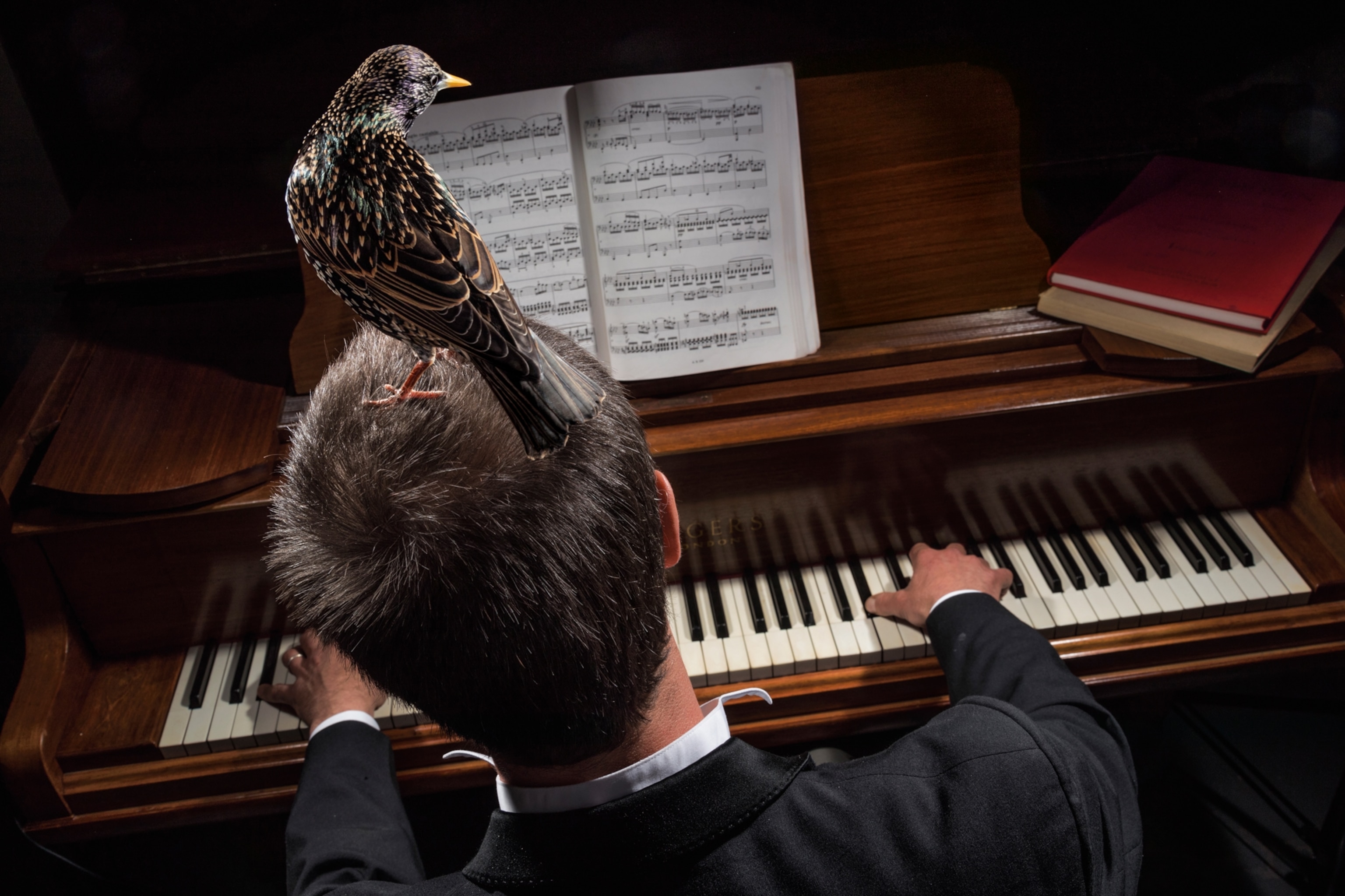
My grandparents had all these National Geographic magazines lying around. When we went I’d just sit and read all day. There was an article on kingfishers from about 1974 which I’d seek out, and I eventually stole. I’ve still got it somewhere.
I took a photo when I was 14 of a kingfisher sitting outside its nest. I sent it off, and I got a ‘commended’ award at the Wildlife Photographer of the Year. I was very happy with that. It’s a terrible picture looking back. I think I was in my 30s before I started getting images I was happy with. But then I’m never happy with most of my pictures. It’s part of the process.
I sent some slides off to National Geographic magazine when I was about 22. I wanted to shoot otters for them. They wrote back about three months later with a [rejection] letter from a guy called Kurt Mutchler, who was a picture editor then. I kind of gave up and ended up in television because it was easier to make a living. Then 20 years later it was Kurt who gave me my first assignment for the magazine. Shooting otters.
(Read: Britain’s otters were all but wiped out by chemicals. They’ve made a comeback.)
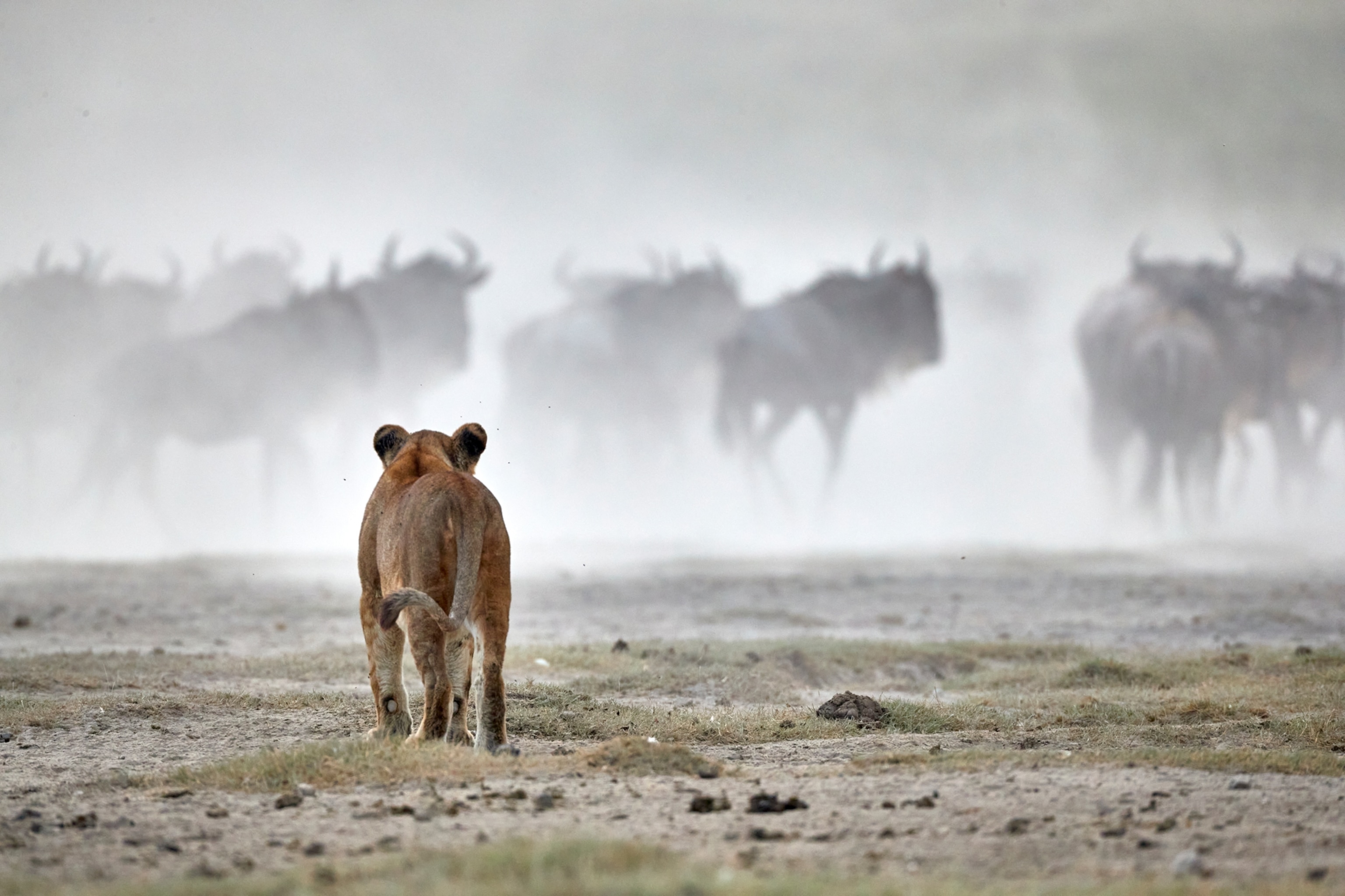
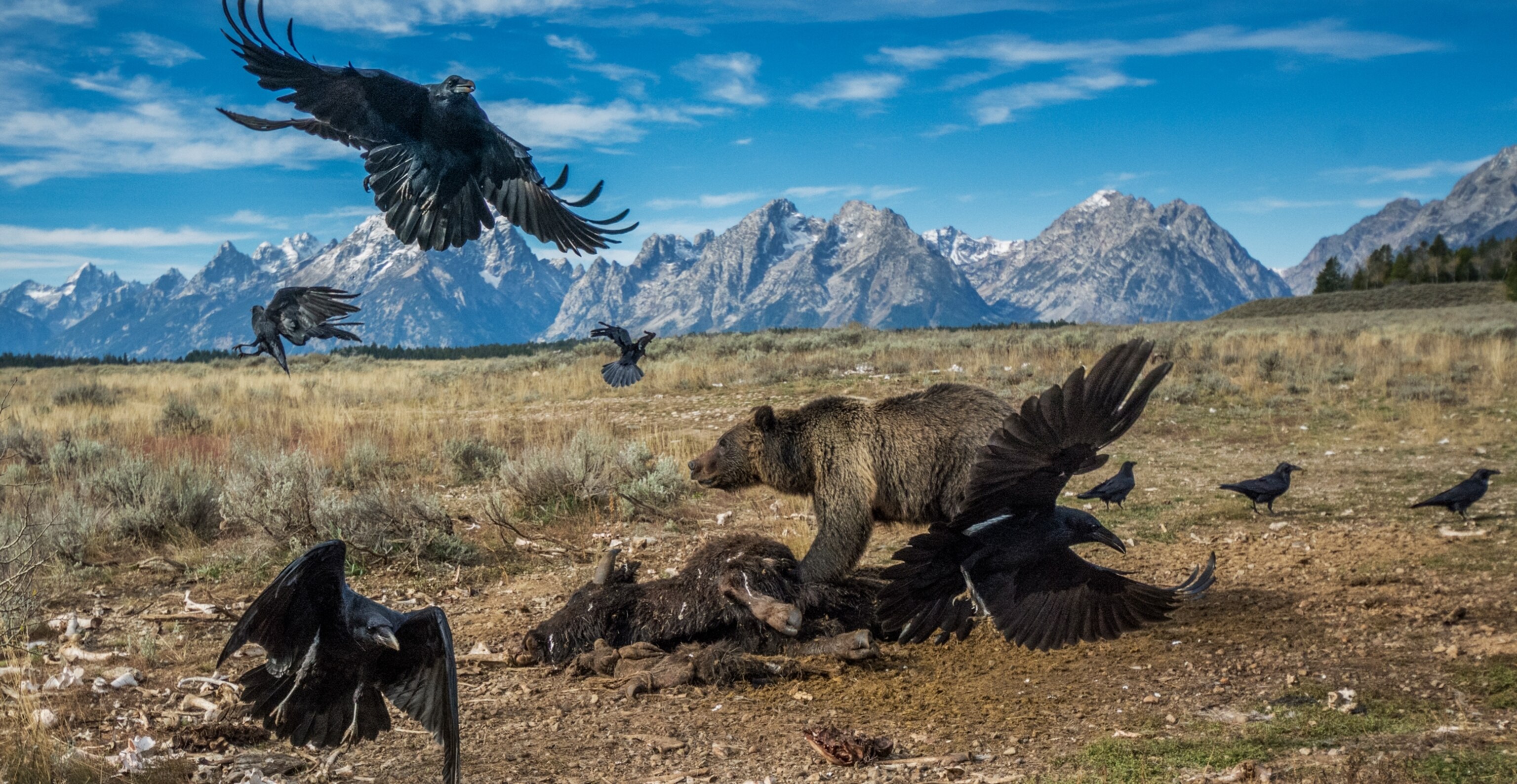

Getting my first assignment was so exciting. But then, like all these things, you get your first assignment and then you go and cry for three months because you can’t get the pictures you need. If I go on assignment now, I haven’t relaxed. Until you’ve got a few really s—t hot frames in the bag, you’re nervous.
[Photographer] Joel Sartore has a huge skill set. He’s gone from wildlife to social documentary, he does [National Geographic] Photo Ark now… but you could give Joel any story. And I wanted to do that. I think I nearly have. That was my dream. I didn’t want to just do wildlife because I need to be constantly technically challenged. It’s about coming up with images and techniques that aren’t a fad—you’re doing it for a reason. To make the subject stand out in its environment, and add something, rather than it just being gimmicky.
I don’t really have a rule about getting emotionally involved. Some things get me, others don’t. Others I’ll just diminish. You see a lot of horrible things. A lot of it goes in, and stays in there, but you don’t know it, because you’re busy. I’ll happy-go-lucky my way through the whole lot, but it all does have to come out, at some point. Otherwise it just screws you up.
(Read: Why poison is a growing threat to Africa's wildlife.)
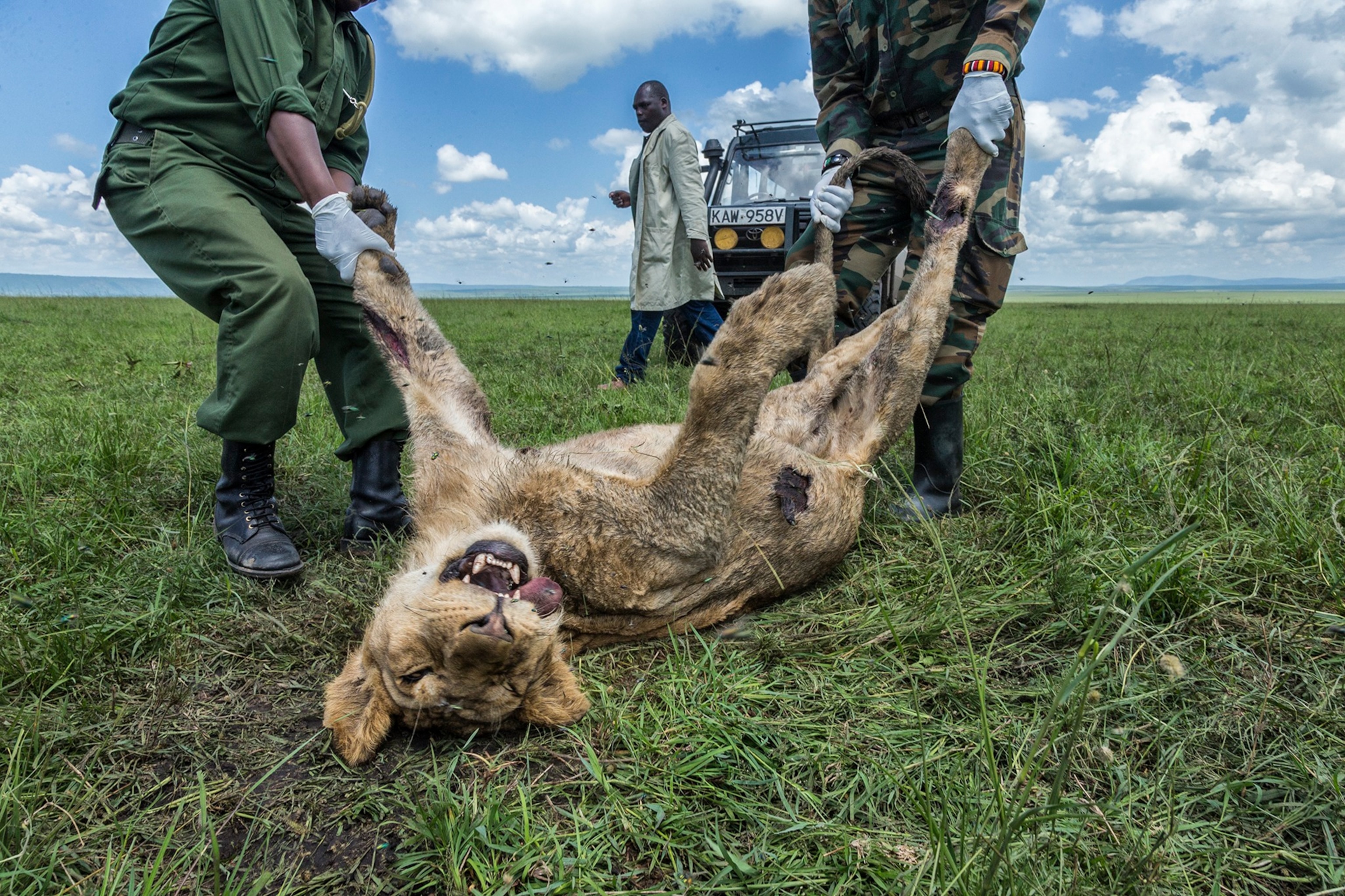
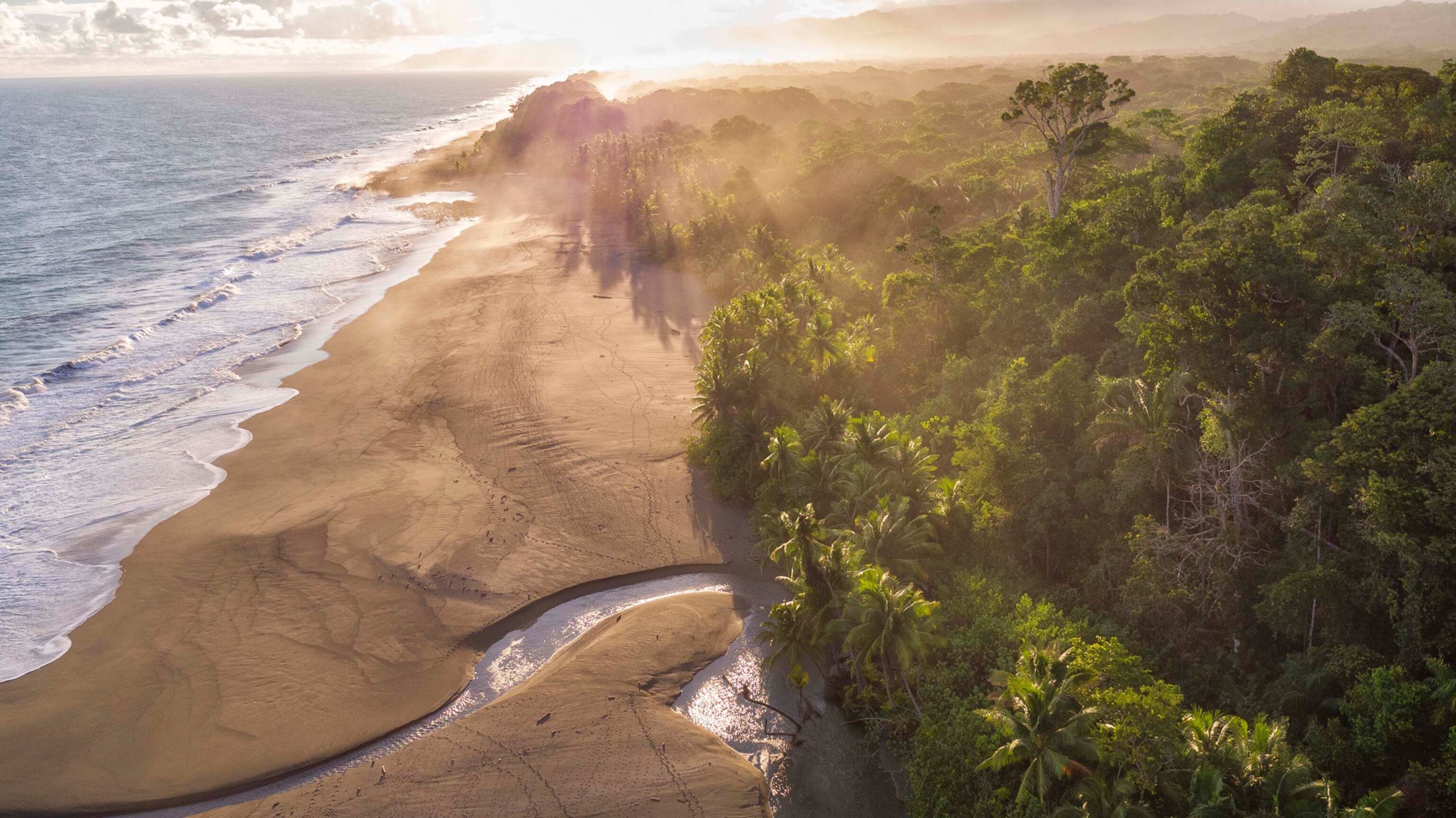
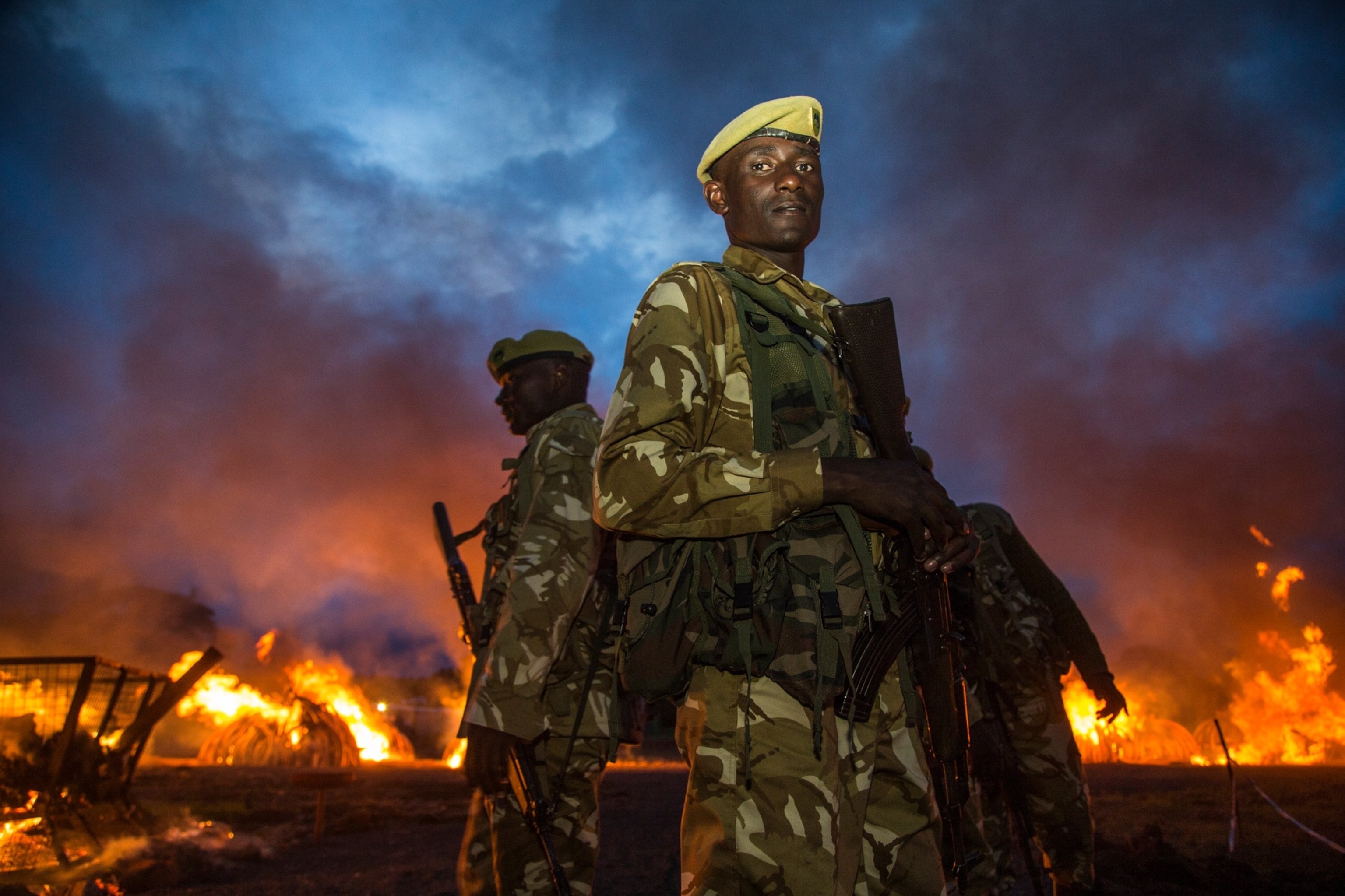
I’m a technician. There’s an amount of art. Of technique. Of emotion. There are some photographers [who are] are heroes in their own narrative... Everything has to be so deep and a reflection of them. [But] you're just a photographer. I look at Evgenia Arbugaeva’s work… She is an extraordinary photographer, and you’ll never see her going on about how deep she is all the time.
I’m a fan of rainforests, I just don’t like working in them. Like a friend of mine says, the Amazon is the most amazing place in the world when you’re not in it. I had a flesh-eating disease in my leg, and a thing in my head [botfly.] But I’ve been really lucky with diseases. I’ve never had malaria. I don’t know how.
I ended up working with indigenous peoples. I didn’t intend to. I went in with a completely non-romantic, egalitarian understanding of them. It’s always about normalising [indigenous] people for Western readers… to not think of them as extraordinary, or exaggerate cultural differences and push these people away as a result, instead of bringing them in. They’re just ordinary people like you and me. They wear different things, they have a different set of values. But ultimately their lives can be very similar. I tend not to photograph ceremony. I want normal life. I don’t just want to photograph [people] jumping up and down… I want to photograph the mundane. Because we find commonality in the mundane. I want readers to open the magazine and say, ‘oh look, they’re doing the washing up. I do the washing up too.’

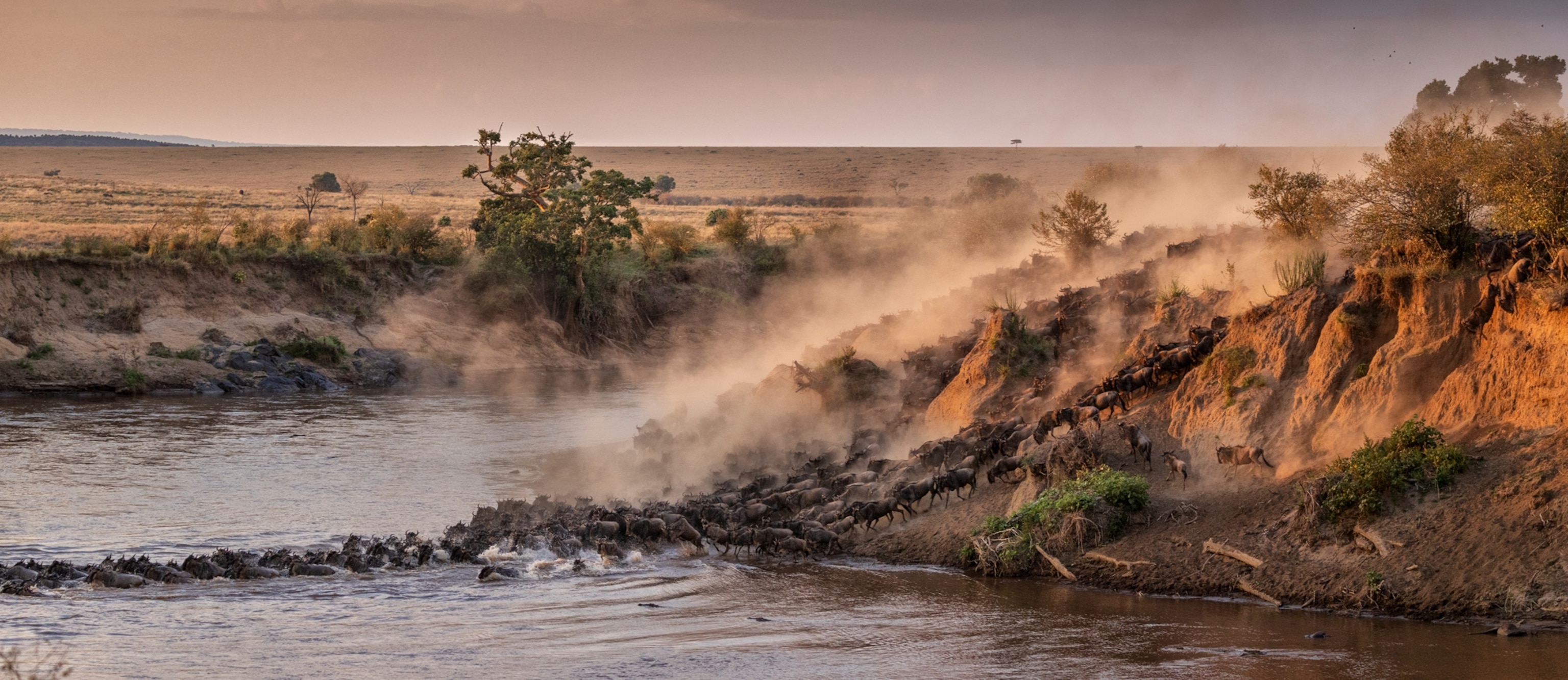
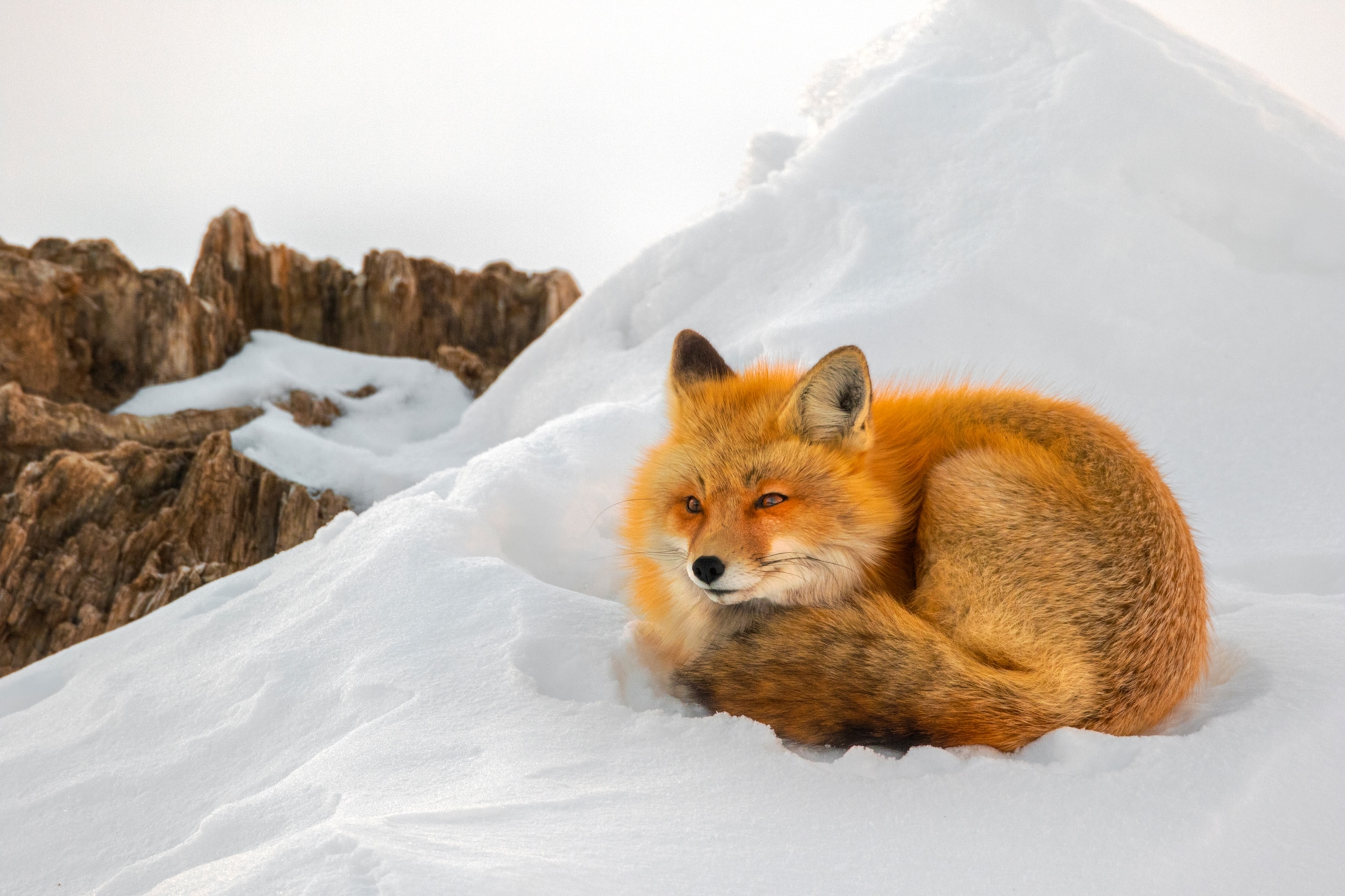
The aim is trust. I want people to realise that I’m not there to do anything else but knock around with my camera, and I won’t take photos of anyone until I’m in the community and they’re happy. And I’ve got permission. I go into a community and I’ve got an app on my phone called Action Hero: the little kids all start giggling when they see it. So first the kids are all over you, then [everyone else] wants to see why everyone’s giggling. So within 20 minutes of arriving everyone’s laughing. Then you get the drone out, you fly it around and you show them their village. It’s a case of letting them know that you’re not at all a threat. Being vulnerable, and falling over, and giggling and making fun. You wake up the next morning and everyone’s happy to see you. But you want them to get bored of you as quickly as possible. So you can get start taking photos of them just doing their thing.
I’ve photographed a lot of anti-charismatic animals. Vultures, hyenas, rats. Rats are really cool. [Nat Geo] kept asking me for about two months to do this story and I kept saying ‘no, I hate rats.’ But actually I loved shooting it. We spent six weeks in Tribeca [New York] and Lower Manhattan, every night just finding these setups and lighting them. Eating pizza at three in the morning, drinking beer. It was great.
(Life Through the Lens: Steve Winter.)
I tend not to photograph ceremony. I want normal life... the mundane. Because we find commonality in the mundane.Charlie Hamilton James
One shot we had to get down a drain where there about 30 rats were living. So we had to find a camera that would fit down this cast iron slat. I think the gap was 41mm, and we found a camera that was 42mm thick. So we ended up forcing it through a slat that was a millimetre narrower than the camera, and just destroyed it getting it through. But we got a really cool shot. We were constantly going to camera stores and buying a new thing every day. It was all to do with lighting, the other stuff is easy. Balancing New York streetlights and traffic lights with flash… it was quite complicated.
I came through wildlife filmmaking. Where everything is about reinventing the wheel every ten minutes, technically. You want to get a shot, but you can’t buy the thing off the shelf so you have to make it. It’s why I don’t use the engineering department much at National Geographic. I’m so used to doing things just with a Leatherman and a roll of gaffer tape. That’s the way I always work. You just invent something. There’s got to be a simple way of doing it.
(Read: How rats became an inescapable part of city living.)
I like assignments that are obvious. But that haven’t been done properly, or haven’t been done for a while. Rats was a good example. The Serengeti. I get to go and re-shoot places that have probably been photographed more than any other, then figure out a way to do it differently. I’d like to do a totally way out there story, I’m feeling in that mood. I really want to do a story on Las Vegas.
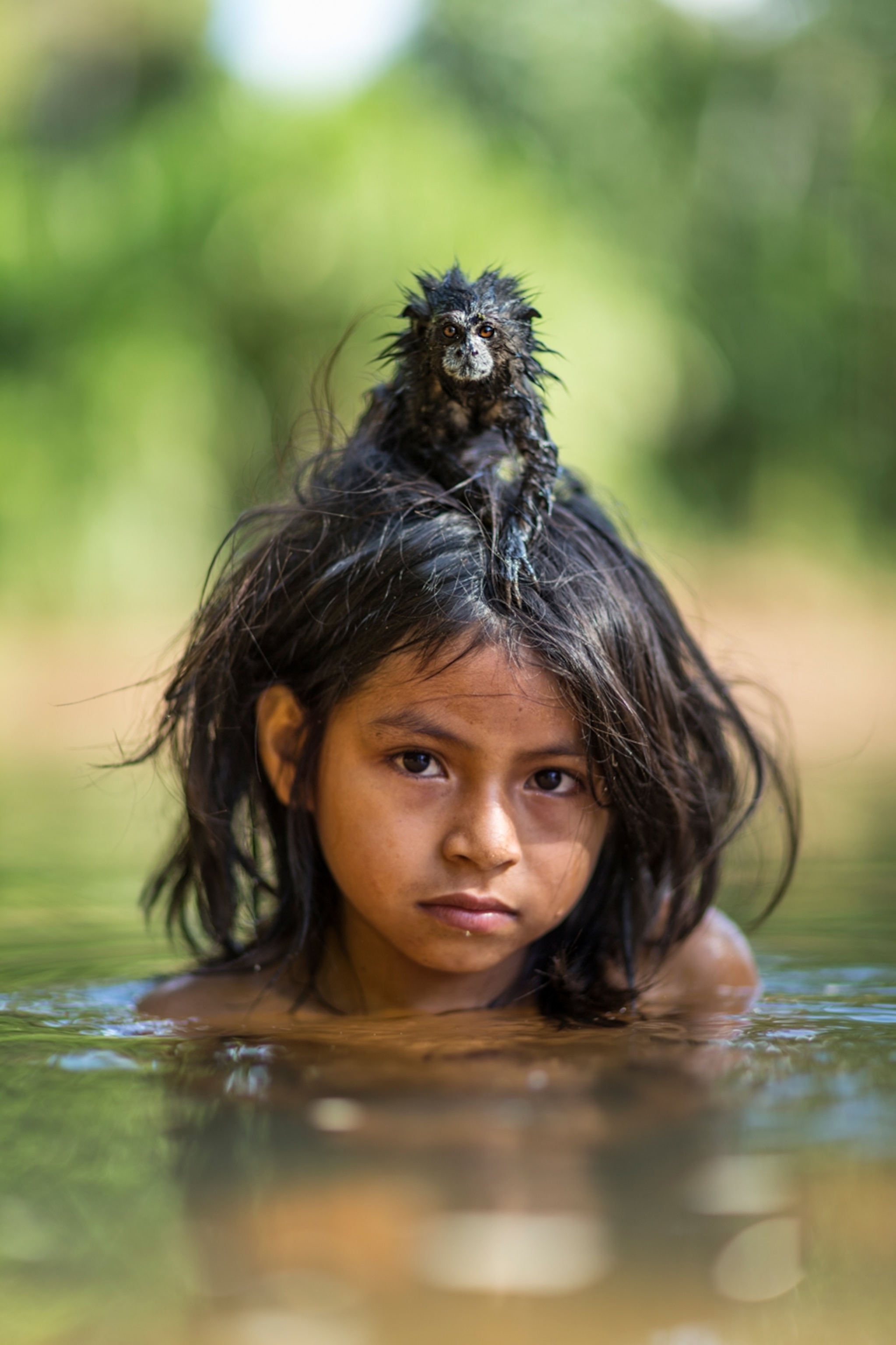
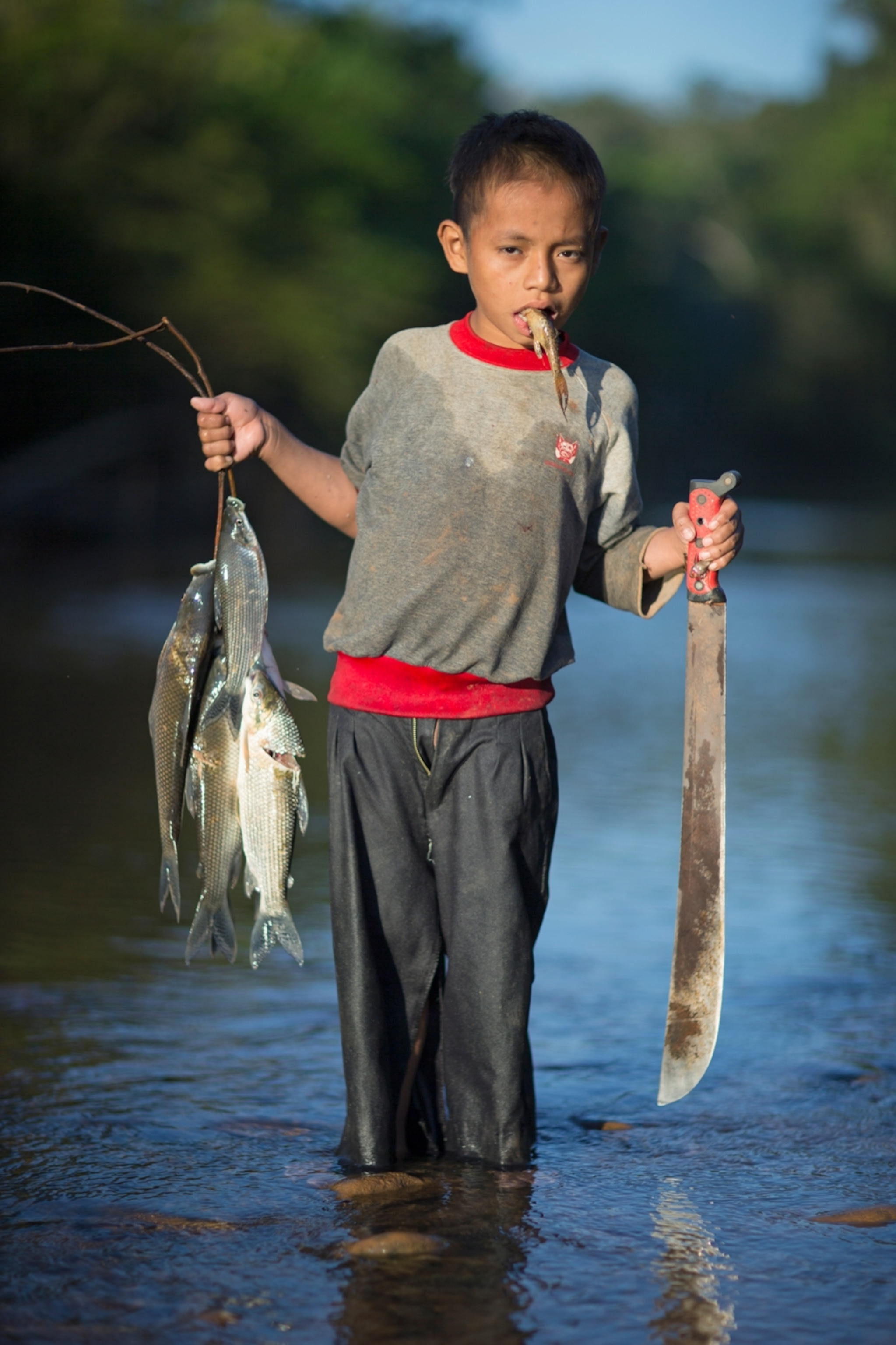
Most of my wildlife stuff is shot on a wide-angle lens. It’s very rare I shoot on a telephoto lens these days. Most of the time when I’m looking at the animal I’m looking to find what image I can take of it that represents it and how it behaves within a landscape. It’s usually quite a slow process… you don’t just go in and get it straight away.
The only camera I own now is about seven years old. I can shoot anything with that. I like Sony at the moment. I might like something else next year. I do almost everything on a 24-105mm lens nowadays. If they made a 28-35mm lens, I’d only have that and no other. If I’m getting lazy I’ll put my 35mm prime lens on to force me to not zoom out. And I use light, a lot. We use camera traps with three flash guns on them in the rainforest.
If I could shoot one subject for the rest of my career… I think cheetahs. I love photographing cheetahs. They’re so much fun. It’s the action. They’re out all day doing stuff, always killing something.
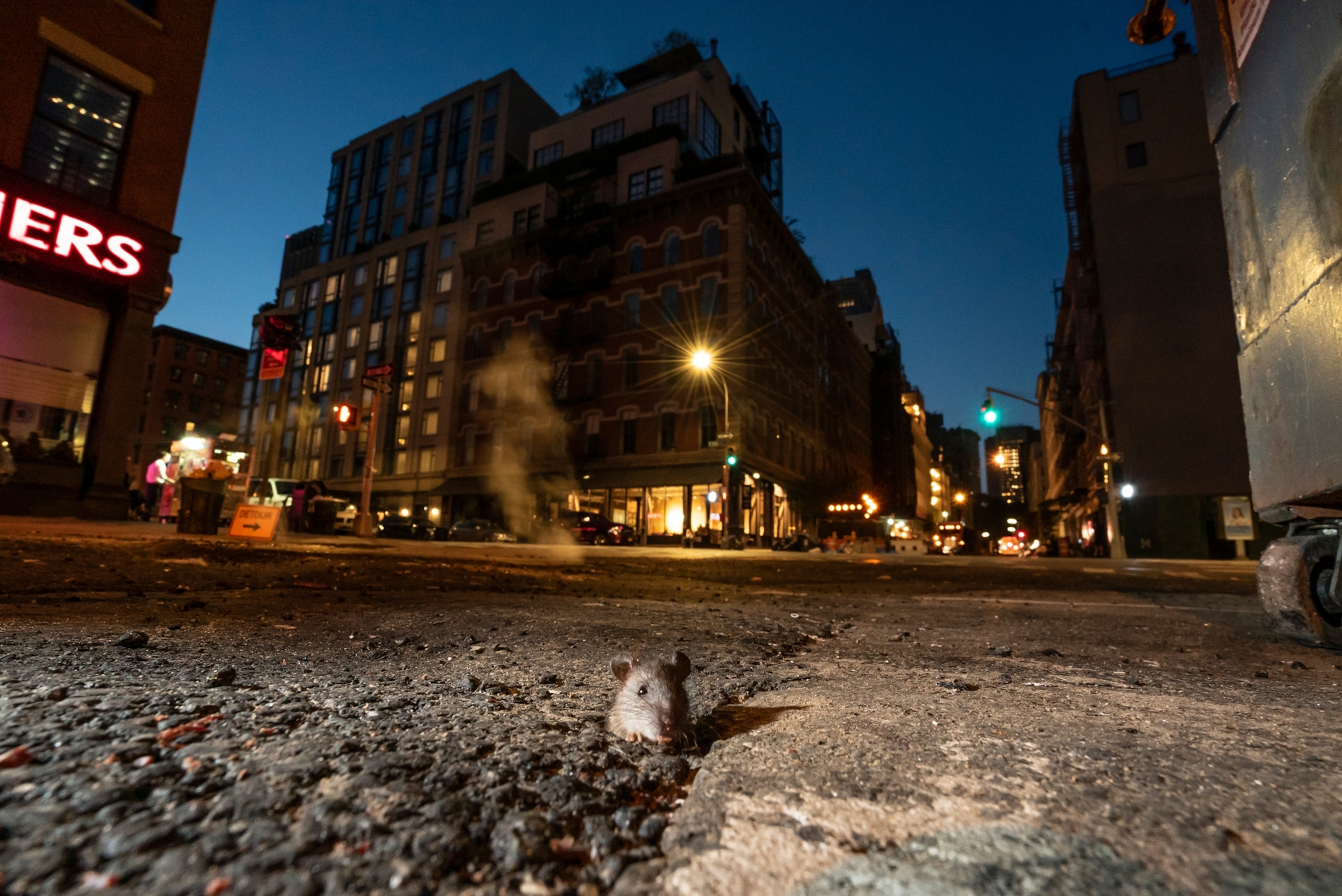
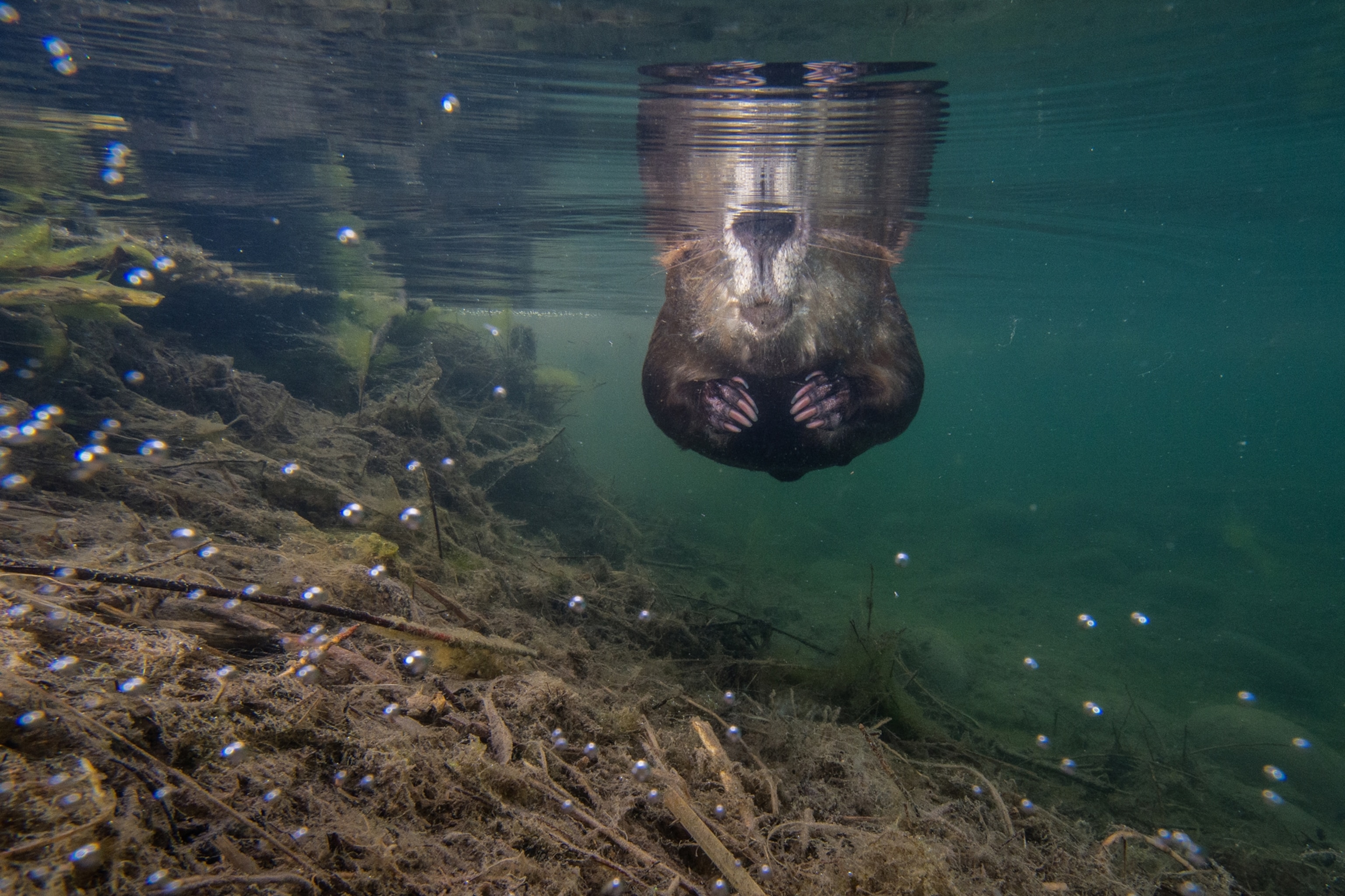
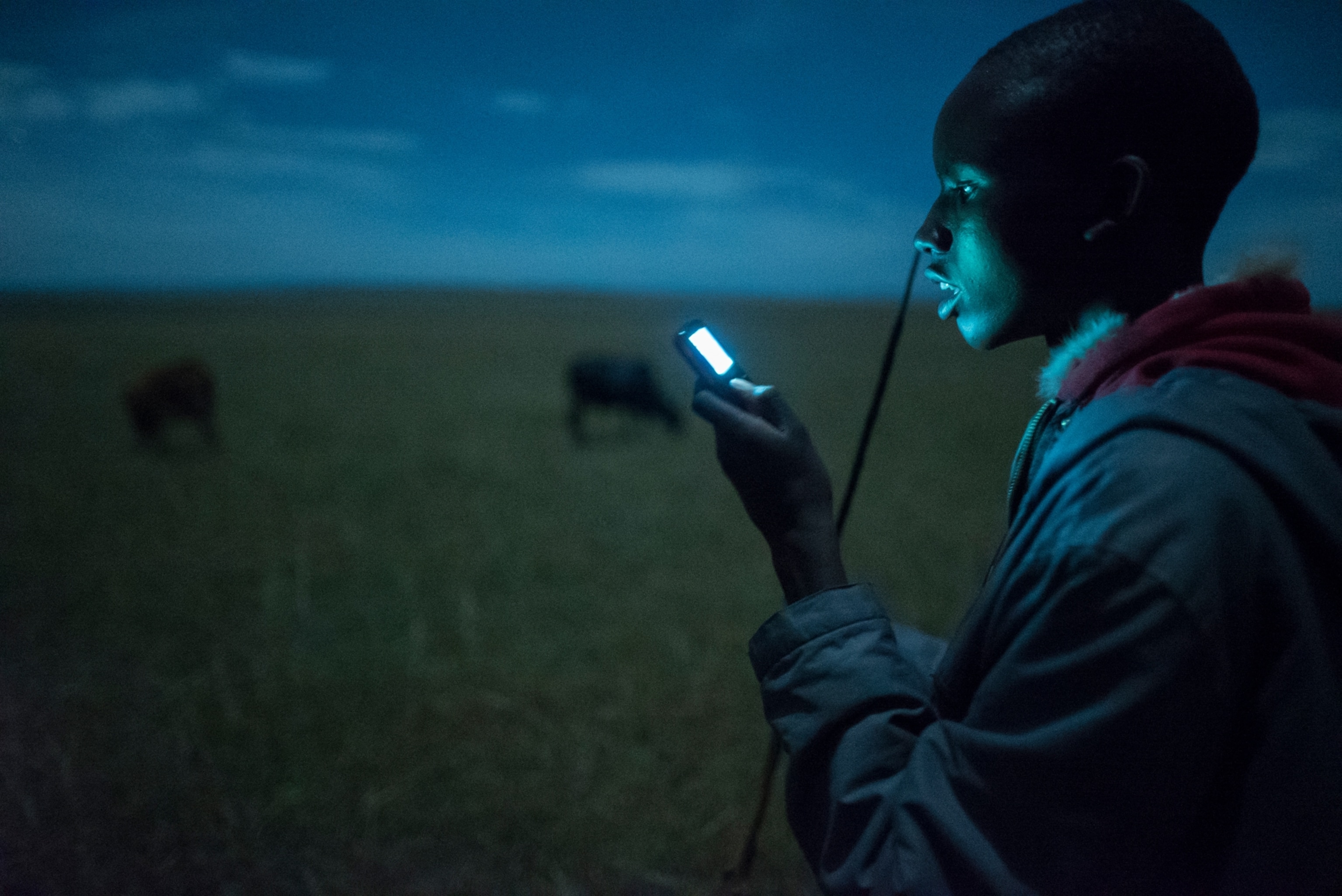
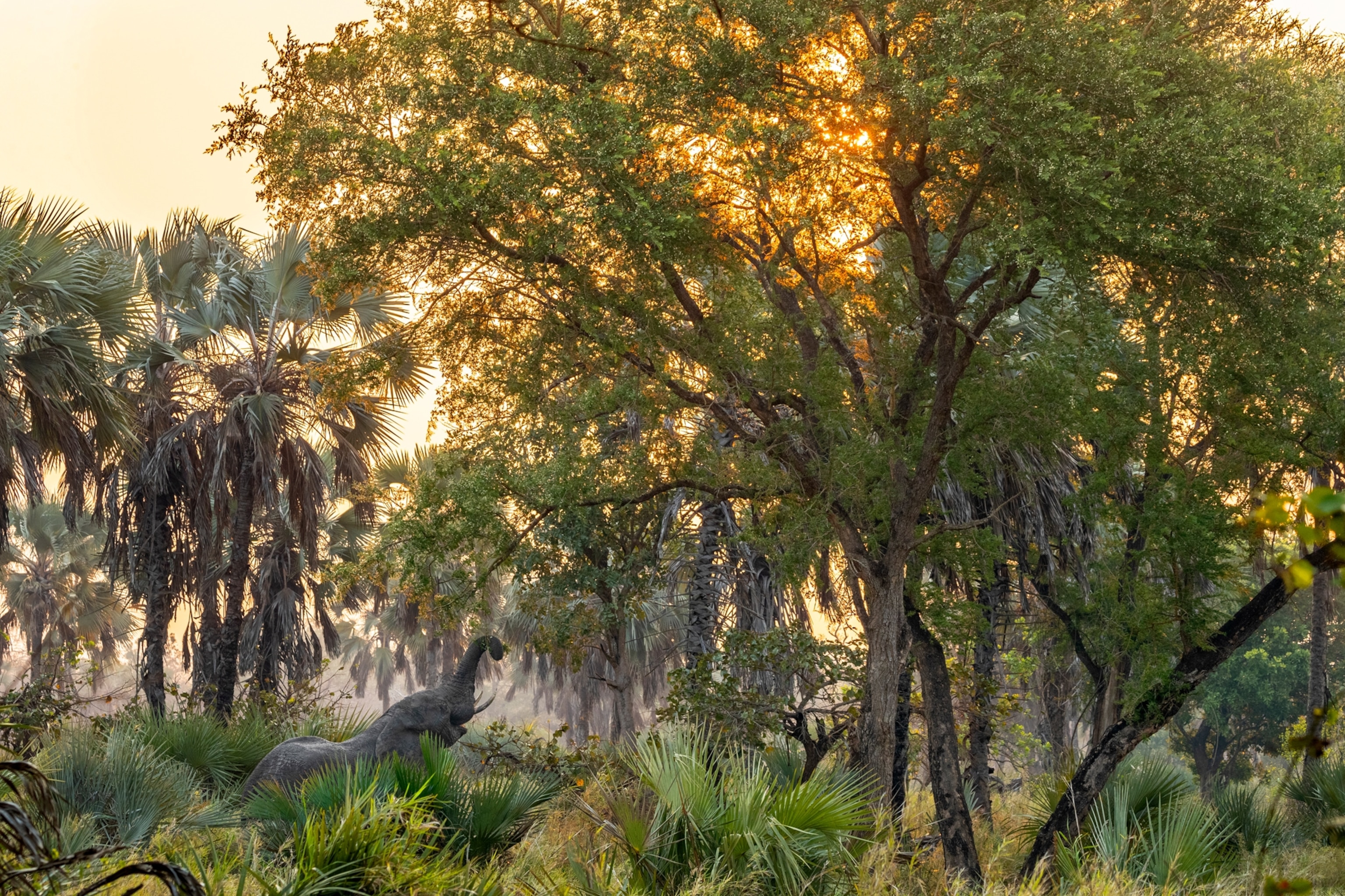
I’ve described conservation as a bourgeois concept. All these problems in East Africa, the Amazon… If you use facts to try and sort a problem out, it’s very easy and lazy. Black and white thinking, good versus bad. The moment you put compassion into a subject the whole thing explodes into a nightmare, because then you have actual real people with real lives to put into the mix. And I think a lot of Western thinking doesn’t actually have compassion at the heart of it. Which is why it doesn’t work. Poverty is a huge problem, and is utterly, inexorably linked to conservation. If we ignore that, we don’t solve the problem. I spent some time with a family of slash and burn loggers in the Amazon… they were some of the loveliest people I’ve ever met.
If I wasn’t a photographer I think I’d be a stand-up comedian. Or a comedy writer. I always wanted to do that. I still dabble.
I don’t know what the difference between a memoir and an autobiography is. But mine is coming out in August. I wanted to write a funny book, but it’s not funny. It’s a dark book about conservation. A misadventure.
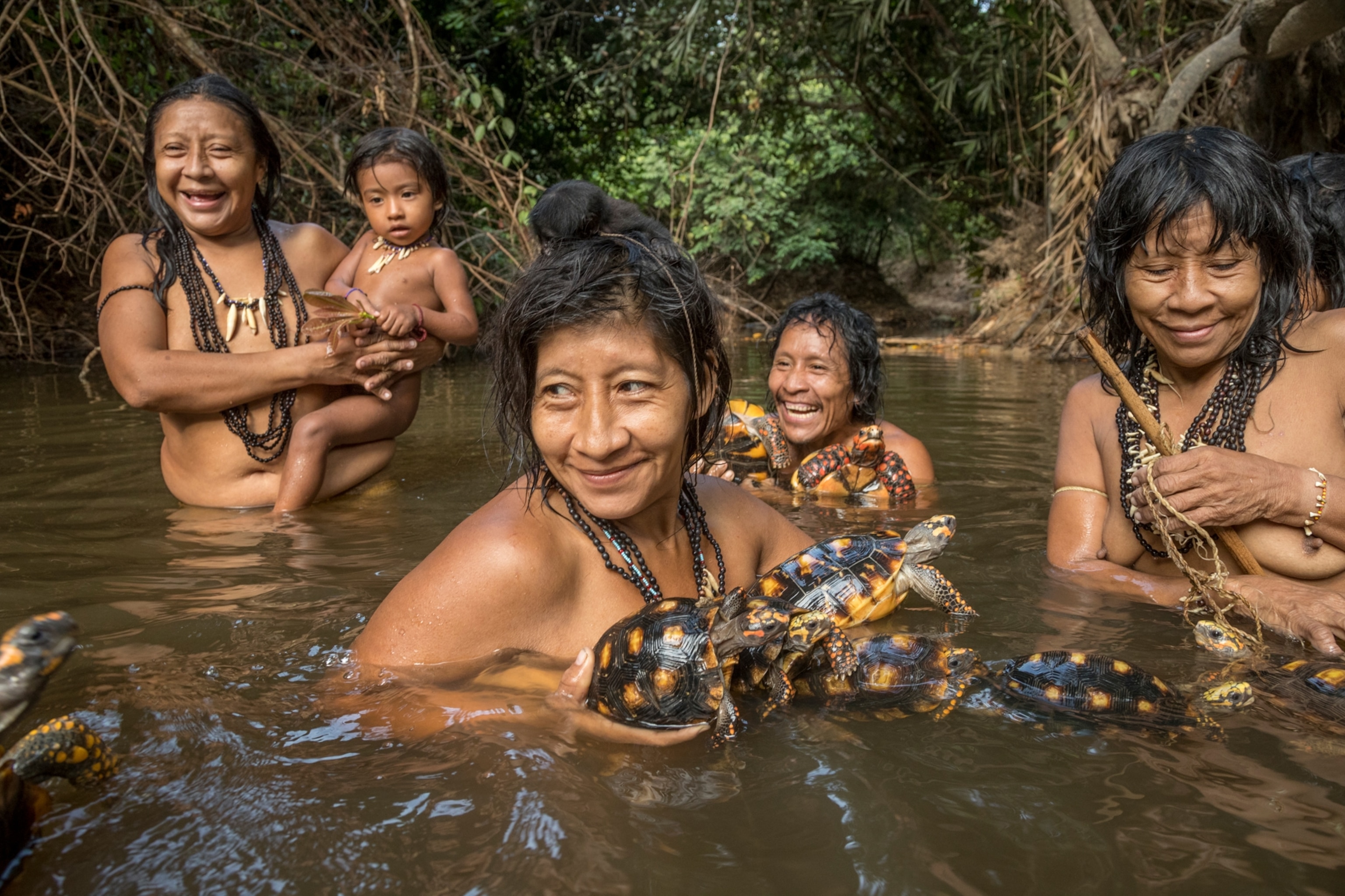
An image for my legacy? I took a picture once in the eastern Amazon, in Brazil. I was photographing the morning bath of the Awã community I was staying with. Everyone was naked—60 or 70 naked people and I’m standing there in my boxer shorts with my camera. They all have their monkeys on their head and their tortoises, which they’re washing. And they were all just roaring with laughter. It was just lovely. They’re the most imperilled tribe in the world… and it was a picture that sort of went against the common narrative, which was to show everyone looking sad. But actually they’re not sad, they’re just imperilled. And I was really keen we published this image, instead of imposing our narrative on them. This is what they do every morning, they’re so happy, these people. To me, that’s a very lovely image. Because it’s so warm and happy.
Charlie Hamilton James's memoir is published in August by HarperCollins. Click here to see more of his work for National Geographic.
This story was adapted from the National Geographic U.K. website.

